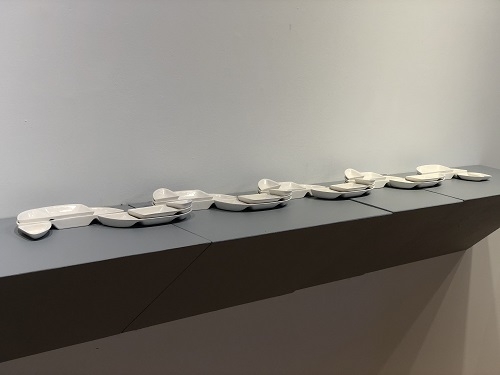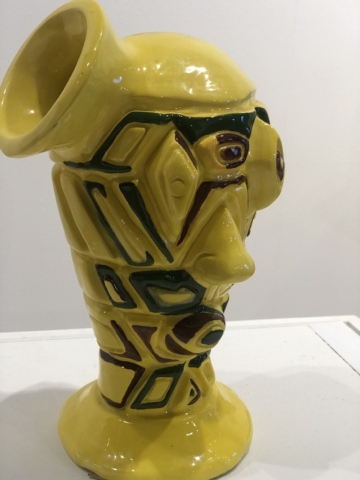North Carolina Pottery
This digital exhibition was made possible through the partnership of the Imperial Centre for the Arts and Sciences in Rocky Mount, NC and the North Carolina Pottery Center in Seagrove, NC. “North Carolina Pottery” is a collaboration of pottery curated from the Imperial Centre for the Arts and Sciences’ Permanent Art Collection and a wonderful knowledge base about the history of pottery from the North Carolina Pottery Center.
Before you launch into exploring the pottery on display, please take a tour of the North Carolina Pottery Center, listen to the condensed history of North Carolina Pottery, learn why North Carolina is so rich in clay, and discover some unique potters by clicking on the videos below. A special thanks goes out to Lindsey Lambert, Executive Director of the North Carolina Pottery Center in Seagrove, North Carolina, for taking time out of his very busy schedule to bring you these videos. – Alicyn Wiedrich
We encourage you to visit their institution and see their incredible exhibits in person. Please be safe and remember to wear a mask, as is required by the North Carolina Potter Center upon entry.
Welcome to the North Carolina Potter Center
History of North Carolina Pottery in a Nutshell
Wild Clay: The Story of North Carolina Clay
Comments on the MVH Permanent Art Collection
Artist Bios
Liz Brown is an artist and art instructor from Western North Carolina. Brown specializes in clay slip casting and image transfer onto claw and currently teaches these topics. Brown’s work discusses the role of disposable food containers in America Culture.
David Cole has culminated years of building upon his ceramic stills to include the Japanese Raku technique, sculptural alterations and traditional wheel turned pottery/ David related, “My emphasis is now on form and texture, and how this relates for the historical vessels from the mid to late nineteenth century that I love so much. I want my work to be used and enjoyed as much utilitarian as decorative. My view on art vs. craft is that there should be no misapprehension about one being better than the other. To me all good work in any medium takes a certain concentration and love on behalf of the maker.”
Donna Craven began working as a journeyman in Seagrove in 1996. In the summer of 2001, she built a small ground-hog kiln with the help of Daniel Johnston and her own father. “The salt glaze is so close to the earth and I get so involved in the wood-burning process,” Craven relates, “To use a wood-burning kiln, you have to be right there.”
Doug Eubanks, Associate Professor at Chowan College, Murfreesboro, NC, has exhibited works nationally. Eubanks is known for his slab constructed, salt fired stoneware teapots. He also works with two-dimensional mixed media.
Ursula Goebels-Ellis was born into a world at war. In 1941, Germany was in the midst of a traumatic, shattering transformation, Goebels-Ellis’ too was scared like so many others. She would migrate to America in 1971 and begin in earnest her healing process via art. Graduate School would become her therapy as teacher’s assignments would be pushed aside in favor of more meaningful and personal work. Orbs, a theme central for Goebels-Ellis’ work, often took the place of her assignments, some so brittle they shattered in the kiln, others wrapped in barbed wire as the young German mother, wife and daughter dealt with the remnants of her own trauma, eventually finding some kind of peace in her work.
Thank You
The Imperial Centre’s Art Galleries would like to thank the North Carolina Pottery Center’s Executive Director, Lindsey Lambert, for his knowledge, time, and partnership. It is such an honor to work so closely with someone who has so much passion for the field of pottery and ceramics, especially in our state.

![10 Gallon Vase by Daniel Johnson [Detail]](https://imperialcentre.org/wp-content/uploads/2021/02/10-Gallon-Vase-by-Daniel-Johnson-Detail-640x480.jpeg)
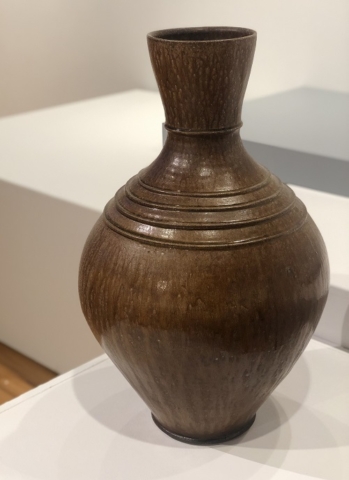
![Appalachian Memory Jug [Detail]](https://imperialcentre.org/wp-content/uploads/2021/02/Appalachian-Memory-Jug-Detail-640x480.jpg)
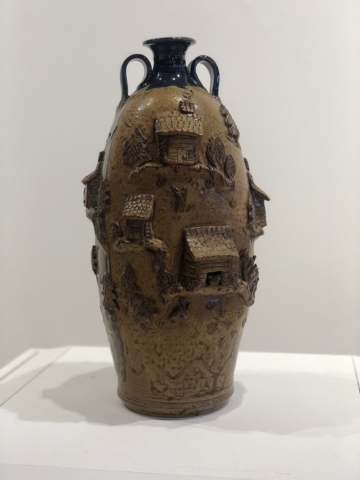
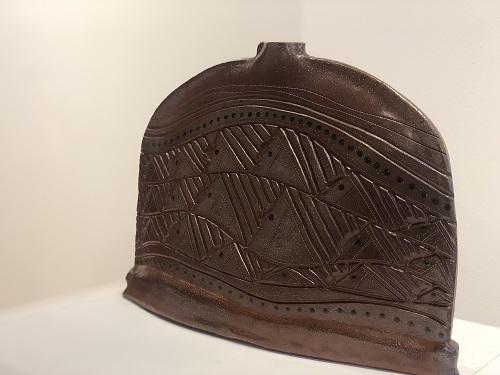
![Carnival by Mark Gordon [Detail]](https://imperialcentre.org/wp-content/uploads/2021/02/Carnival-by-Mark-Gordon-Detail-640x480.jpg)
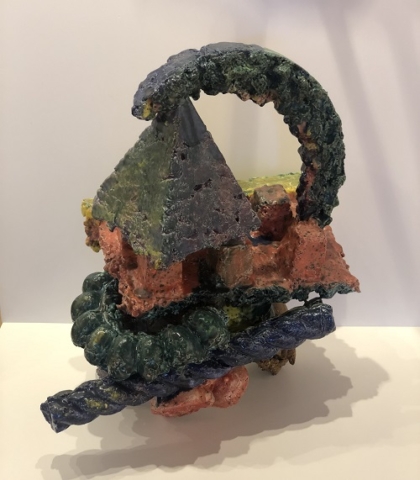

![Double Face Candelabra by Terry King [Detail]](https://imperialcentre.org/wp-content/uploads/2021/02/Double-Face-Candelabra-by-Terry-King-Detail-640x480.jpg)
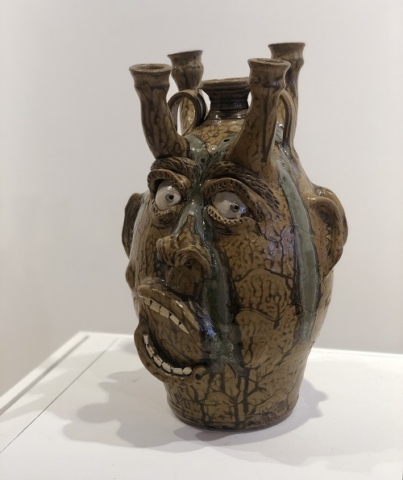

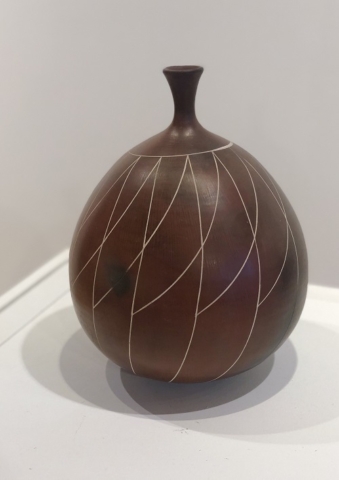
![Face Jug [Detail]](https://imperialcentre.org/wp-content/uploads/2021/02/Face-Jug-Detail-640x480.jpg)
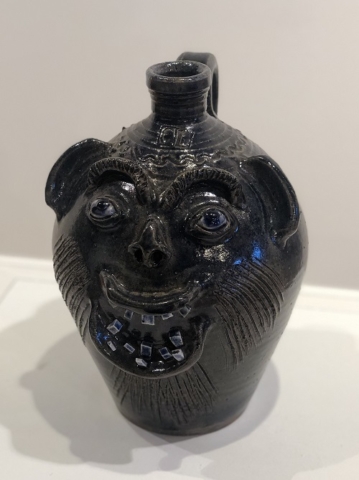
![Figure Jar by Nick Joerling [Detail]](https://imperialcentre.org/wp-content/uploads/2021/02/Figure-Jar-by-Nick-Joerling-Detail-640x480.jpg)
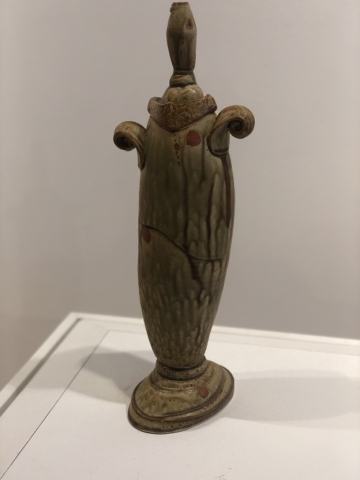
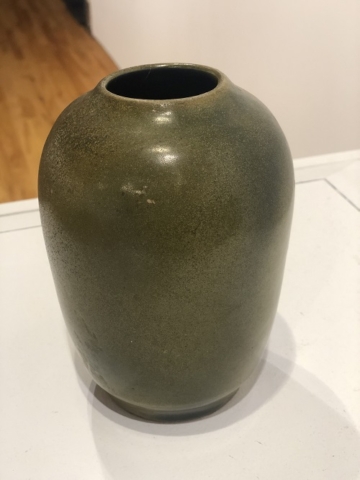
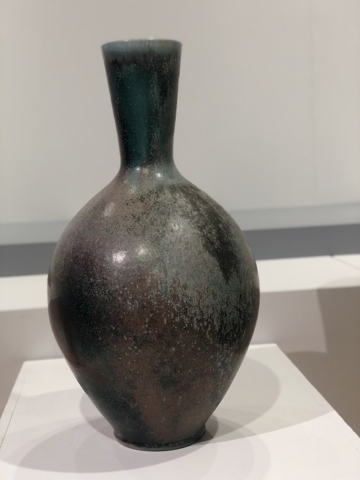
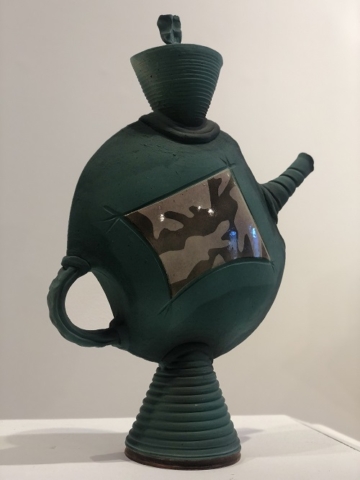

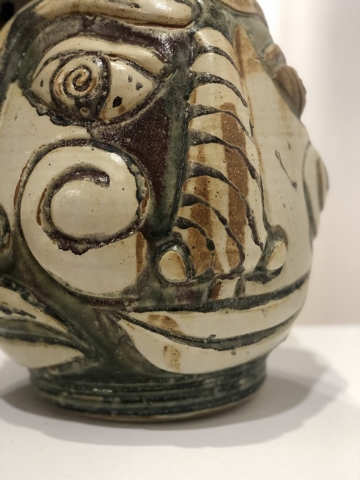
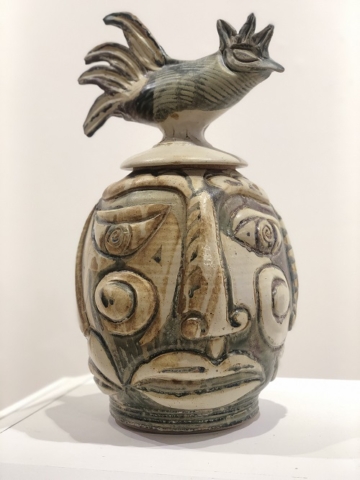
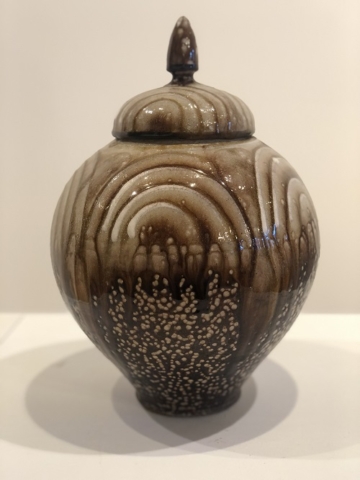
![Lara’s Sampler [Detail]](https://imperialcentre.org/wp-content/uploads/2021/02/Laras-Sampler-Detail-640x480.jpg)
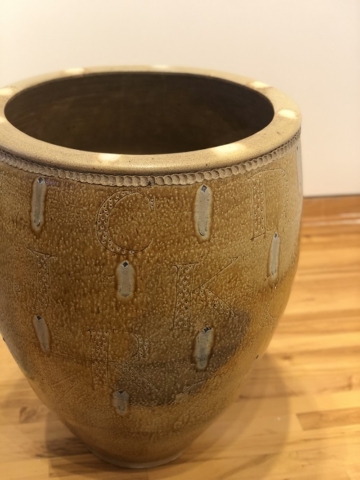
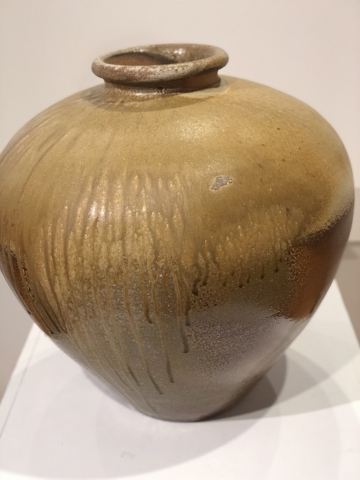
![Large Vase or Storage Jar [Detail]](https://imperialcentre.org/wp-content/uploads/2021/02/Large-Vase-or-Storage-Jar-Detail-640x480.jpg)
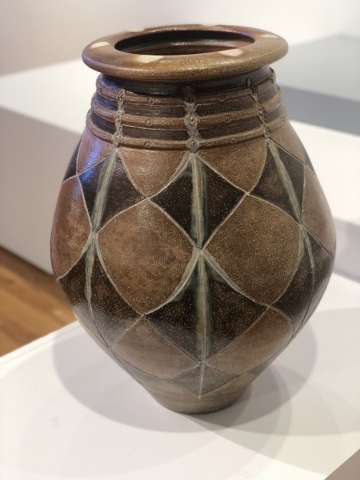
![Noah’s Ark by Crystal King [Detail]](https://imperialcentre.org/wp-content/uploads/2021/02/Noahs-Ark-by-Crystal-King-Detail-640x480.jpg)
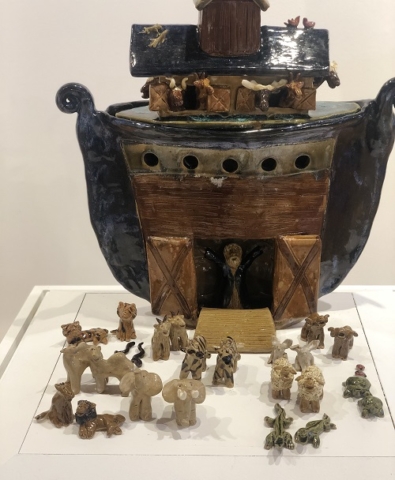
![Salt Glazed Jug [Detail]](https://imperialcentre.org/wp-content/uploads/2021/02/Salt-Glazed-Jug-Detail-640x480.png)
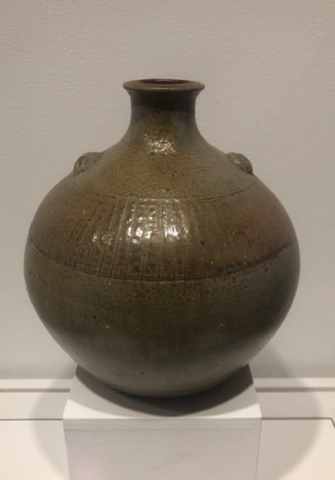
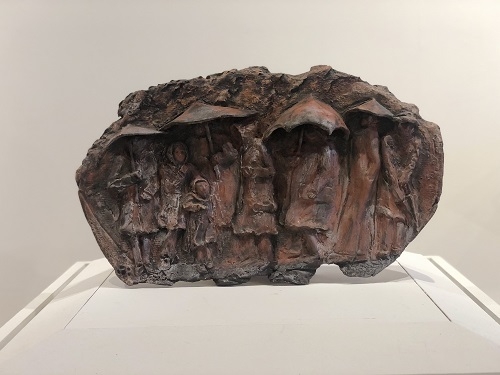
![Terrestrial Sphere Series – Autumn 1 [Detail]](https://imperialcentre.org/wp-content/uploads/2021/02/Terrestrial-Sphere-Series-Autumn-1-Detail-640x480.jpg)
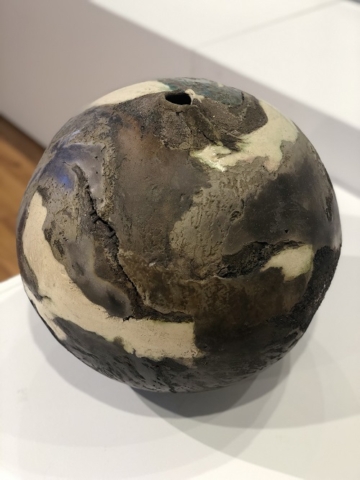
![Vase by Brown Holloman [Detail]](https://imperialcentre.org/wp-content/uploads/2021/02/Vase-by-Brown-Holloman-Detail-640x480.jpg)
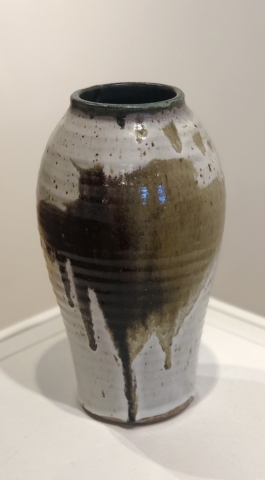
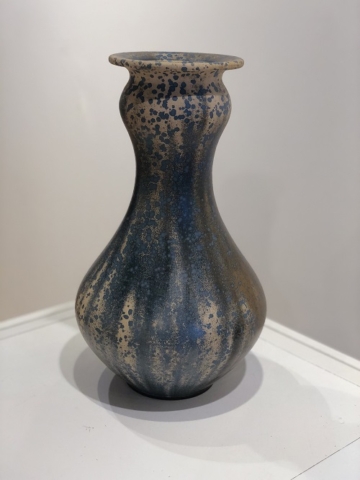
![White Line by Liz Brown [Detail]](https://imperialcentre.org/wp-content/uploads/2021/02/White-Line-by-Liz-Brown-Detail-640x480.jpg)
